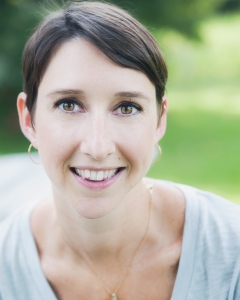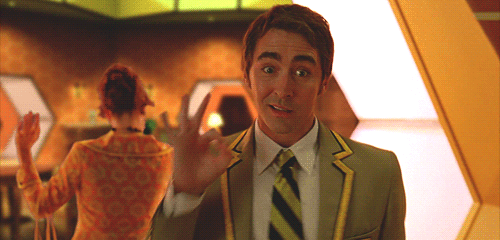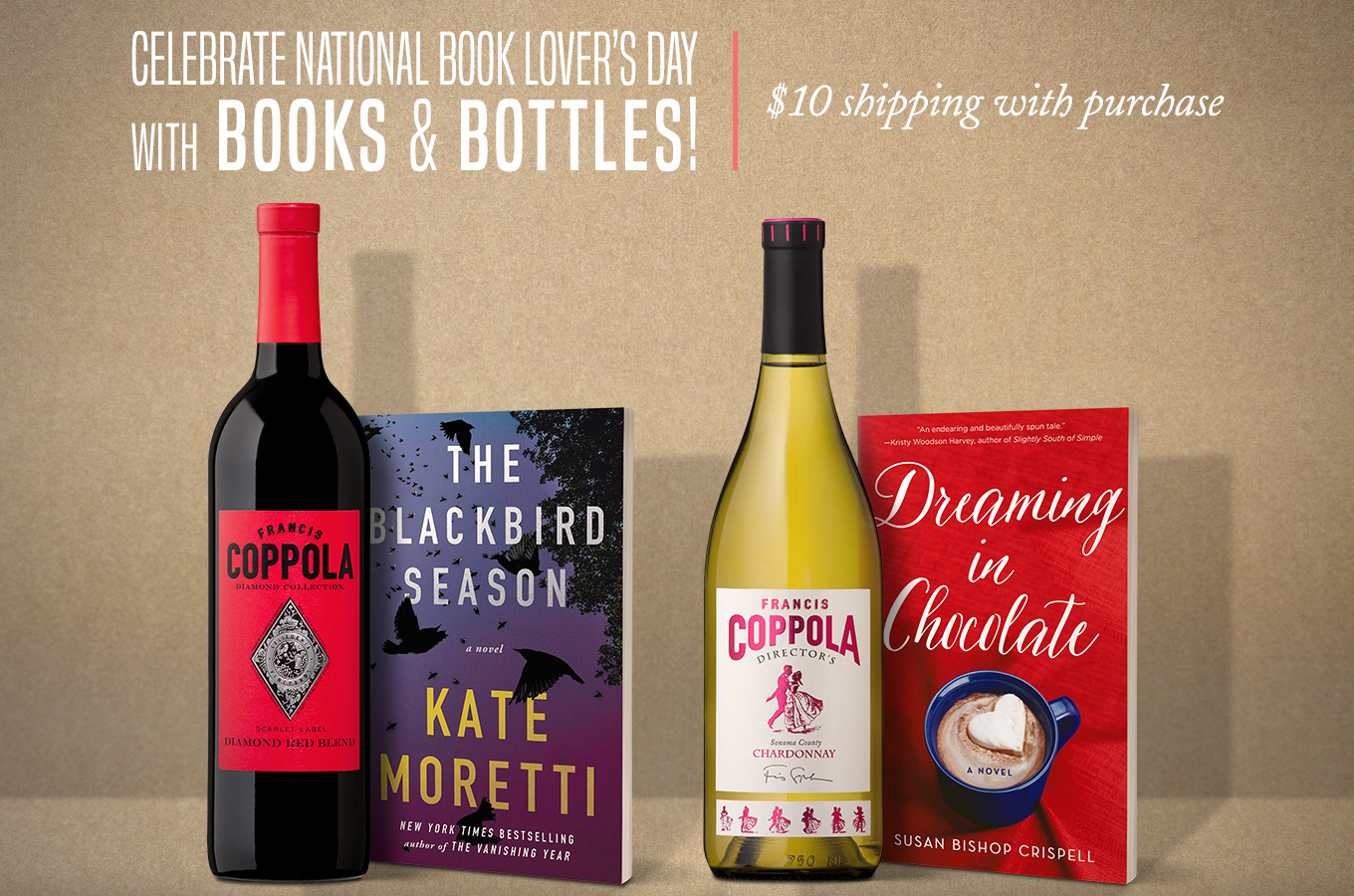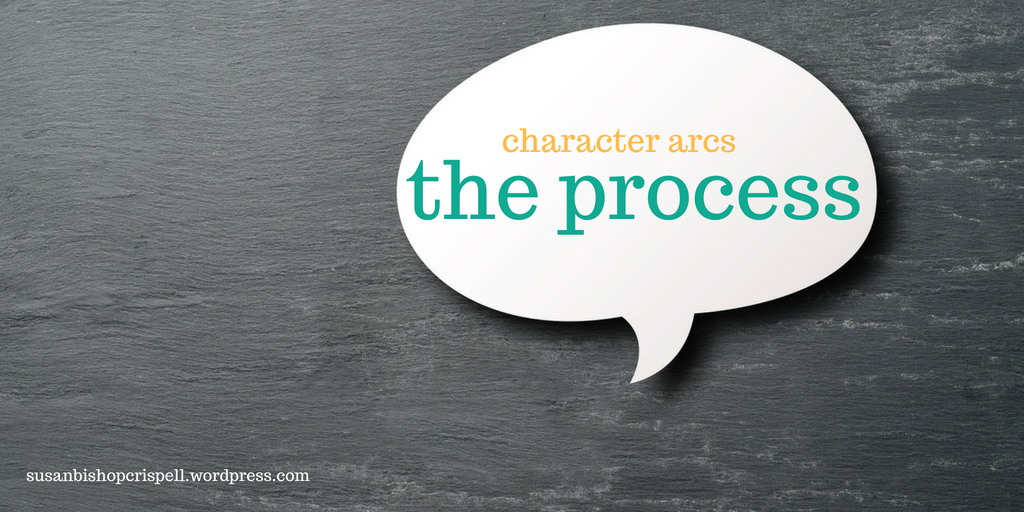
Hello, Pitch Wars hopefuls. So happy you’ve stopped by!
I’m Susan (Sus to almost anyone who’s known me longer than five minutes). I was a mentee in 2014 (with the book that got me my agent and two-book deal with St. Martin’s Press) and have been a mentor since 2016 (both of my previous mentees are agented, and one had her PW book debut this year). And I am thrilled to be back mentoring again! I hope you find this community as magical as I do.

If you have an Adult Magical Realism, Contemporary Fiction, Women’s Fiction, or Light Sci-Fi/Fantasy book, and it’s fresh and shiny (by that I mean a fairly polished manuscript, not first draft) and you’re ready to do some major work on your manuscript, PRETTY PLEASE SEND IT TO ME.
WHY YOU SHOULD PICK ME…
I know you’re really here to see if your book matches up with the specific stories I’m looking for, but before you scroll down, please give me the chance to tell you what I can give you as an Adult mentor…
- A critical eye on character motivation, stakes, and consistency (and a whole mess of other topics!). I ask a lot (like hundreds) of questions in a manuscript I’m critiquing. I nickpick tiny details that can throw a reader and I also look at overall character arcs to ensure there is growth, both emotionally and story-wise. It will be intense. And it will mean cutting some darlings and writing whole new scenes and rethinking the core of your manuscript at times. If you’re open to that kind of whole-book makeover, it will be worth it. I’ll give in-documents comments and track changes as needed and I’ll also provide an edit letter of sorts early on with an outline of what I love and think is working well and a detailed discussion of what I think needs to be reworked. It will be lots of emails and phone/Skype calls (if needed/wanted) after that as we work through the manuscript. It’s a definite team effort. I have a day job and a husband that require my attention, but I will give you as much of my time as you need during our few months together.
- Brainstorming and discussion. I know writing can feel like something that’s done in a vacuum, but there are times when bouncing ideas off someone is exactly what’s needed to get the creative juices flowing again. So, if I comment on something you don’t agree with or aren’t sure how to tackle, we can talk about it and find a way to make it work. It’s not an all or nothing situation with me. This is your book, not mine, so we’ll work on issues together until you are satisfied with the end result.
- An insider’s perspective. As I mentioned above, I’ve been both a mentee and a mentor before. I cannot stress this enough, Pitch Wars will be HARD. And it will go by so fast you’ll wonder how you’ll ever get done in time. I know how that within two weeks of starting on your revision with me you might be cursing my name and wondering why you ever thought you could handle something as intense as Pitch Wars. Believe me, I’ve been there. And I got through it. I’ll make sure you do as well, with your sanity intact and (hopefully) with a manuscript you love even more than when we started.
- A cheerleader beyond Pitch Wars. I’m in this writing life for the long haul. And I fully believe that one of the best ways to continue to grow (and stay sane) is to have a community of writers who support and love you and buoy you when it all feels like too much. Once Pitch Wars is over, I will still be here cheering from the sidelines, offering advice (when asked, of course!) and celebrating the victories. (Or, like with my last mentee, randomly texting about our new favorite CW show or brewery we went to.)
WHO I AM…
 I live in Wilmington, North Carolina with my husband and our orange tabby cat, Pippin. Aside from writing, I obsess over swoony fictional boys and baked goods; spend all my spare money on books, art, and going to hard rock concerts; and fangirl over quirky TV shows, most of which got canceled way before their time (and I have a wax lion to prove it!). My drinks of choice–depending on the time of day–are coffee with cream and sugar, a good saison or other Belgian style beer, and bourbon on the rocks.
I live in Wilmington, North Carolina with my husband and our orange tabby cat, Pippin. Aside from writing, I obsess over swoony fictional boys and baked goods; spend all my spare money on books, art, and going to hard rock concerts; and fangirl over quirky TV shows, most of which got canceled way before their time (and I have a wax lion to prove it!). My drinks of choice–depending on the time of day–are coffee with cream and sugar, a good saison or other Belgian style beer, and bourbon on the rocks.
I write magical southern fiction, including THE SECRET INGREDIENT OF WISHES (Sept. 6, 2016/Thomas Dunne Books) and DREAMING IN CHOCOLATE (Feb. 6, 2018/St. Martin’s Press). I am represented by Patricia Nelson at Marsal Lyon Literary Agency. I earned a BFA in creative writing from the University of North Carolina at Wilmington and love that I can truthfully say I use my degree for my day job (I’m a proposal manager for a clinical research company) as well as being a published author.
Check out my social media to get a better idea of what I’m like in real life:
Website | Twitter | Facebook | Instagram | Pinterest
WISH LIST…
If you stuck with me through all of that, thank you! If you skipped the getting to know me stuff, that’s okay. I totally get it. (We can still be friends, right?) So, here’s where I tell you what specific kinds of stories I’m interested in for Pitch Wars…

Magical Fiction/Magical Realism: Yes, there is a difference between contemporary magical fiction and traditional magical realism. I love both! Give me your whimsical, quirky, fairytale-esque, magical stories. This means anything similar to Sarah Addison Allen’s books, The Night Circus by Erin Morgenstern, Landline by Rainbow Rowell, Of Bees and Mist by Erick Setiawan, and The Weight of Feathers by Anna Marie McLemore (but for adults!) If you have something like the movie Penelope, I need it yesterday.
Contemporary Fiction/Women’s Fiction: Give me relatable characters in difficult emotional situations. Especially when in combination with small towns. I’d love to see books like Come Away With Me by Karma Brown, Close Enough to Touch by Colleen Oakley, April & Oliver by Tess Callahan, Attachments by Rainbow Rowell. Also, Gilmore Girls, Everwood, Hart of Dixie, Pushing Daisies, This is Us, and The Good Place are high on my TV fangirl list, so anything in the same vein (family drama or friendships that feel like family) will make me swoon.
Romantic Storylines: I’m a sucker for love stories and HEAs (or at least happy for now). It’s not a deal breaker, but for me there’s not much better than wanting to hug a book when I’m through with it because I loved it so much. Bonus points if you can make me cry from the epicness of the relationships! This can mean romantic women’s fiction like Amy E. Reichert’s novels and The City Bakers Guide to Country Living by Louise Miller, as well as contemporary romance/rom coms like The Kiss Quotient by Helen Hoang, The Hating Game by Sally Thorne, and Netflix’s Set It Up. Medium heat level, please. I blush easily, so graphic sex isn’t my thing. LBGTQA relationships welcome.
Light Sci-Fi/Fantasy: I’m also very open to fringe-y sci-fi stories like Fringe, Orphan Black, Doctor Who, Haven, the 100, and Lost. But make sure the focus of the story is on the characters–how they relate to each other and how the weird brings them together. I read a lot of YA fantasy (Leigh Bardugo, Maggie Stiefvater, Laini Taylor and Sarah Rees Brennan, to name a few) but not as much in the adult arena. When it comes to my strengths in these areas, I’m more of a weird science in our reality or an alternate universe kinda girl rather than a high/epic fantasy kinda girl. (No creatures/shifters/aliens or made up languages or names I can’t pronounce, sorry.) Other mentors are much better suited to those epic worlds than I am. If it’s recognizable as our world with a twist, I’m all in. *If you’re not sure if yours fits this category or if you want to clarify the “creatures”, send me a Tweet or use the AMA in the forums and I’ll try to answer as best I can.*
Random Things I Love: stories that feed my love of food (magical food all the better!), music (hard rock is my genre of choice, but music of any kind in stories steals my heart), sisters (or sibling) stories, life in the South, the beach, and fandoms (I’m a Marshmallow, a Ravenclaw, a Pie-holer, a Whovian, a Browncoat, and too many more to name) will probably grab my attention even if they don’t fit neatly into one of the categories above.

But if it helps clarify things a little more, I’m NOT looking for memoirs, graphic novels, thrillers, suspense, mysteries, horror, historical (unless it’s magical), inspirational or religious, hard SFF, urban fantasy, or erotica. I’m just not a good fit for those types of stories as I don’t read much in those genres. I’m willing to look at NA submissions, but I’d probably ask the mentee to age it up to adult.
I am however ALL FOR diverse books and #ownvoices stories. Stories featuring diverse cultures, LBGTQA, disabilities? Yes, please!
To sum it all up, the books I’m most drawn to have a voice that jumps off the page, complicated relationships, big hearts, and stunning words. Give me layered friendships and family drama and characters I can root for, flaws and all. I particularly love stories that include food, magical realism, and strong women. Most of all, I want to be awed by your book.
If you’re not sure, give me a try. I’m open to having my mind changed by spectacular writing and unforgettable characters.
| 1.
2.
3.
4.
5.
6.
7.
8.
9.
10.
11.
12.
13.
|
14.
15.
16.
17.
18.
19.
20.
21.
22.
23.
24.
25.
26.
|
27.
28.
29.
30.
31.
32.
33.
34.
35.
36.
37.
|
Powered by… Mister Linky’s Magical Widgets.









 It’s Wish List time, Pitch Wars hopefuls. One of my favorite days of the year! For those of you new to
It’s Wish List time, Pitch Wars hopefuls. One of my favorite days of the year! For those of you new to 
 I live in Wilmington, North Carolina with my husband and our orange tabby cat, Pippin. Though we’ve temporarily relocated to Edinburgh, Scotland while Mark is in grad school for brewing and distilling! Aside from writing, I obsess over swoony fictional boys and baked goods; spend all my spare money on books, art, and going to hard rock concerts; and fangirl over quirky TV shows, most of which got canceled way before their time (and I have a wax lion to prove it!). My drinks of choice—depending on the time of day—are coffee with cream and sugar, a good saison or other Belgian style beer, and bourbon on the rocks (currently it’s less bourbon and more Scotch whisky).
I live in Wilmington, North Carolina with my husband and our orange tabby cat, Pippin. Though we’ve temporarily relocated to Edinburgh, Scotland while Mark is in grad school for brewing and distilling! Aside from writing, I obsess over swoony fictional boys and baked goods; spend all my spare money on books, art, and going to hard rock concerts; and fangirl over quirky TV shows, most of which got canceled way before their time (and I have a wax lion to prove it!). My drinks of choice—depending on the time of day—are coffee with cream and sugar, a good saison or other Belgian style beer, and bourbon on the rocks (currently it’s less bourbon and more Scotch whisky).













































